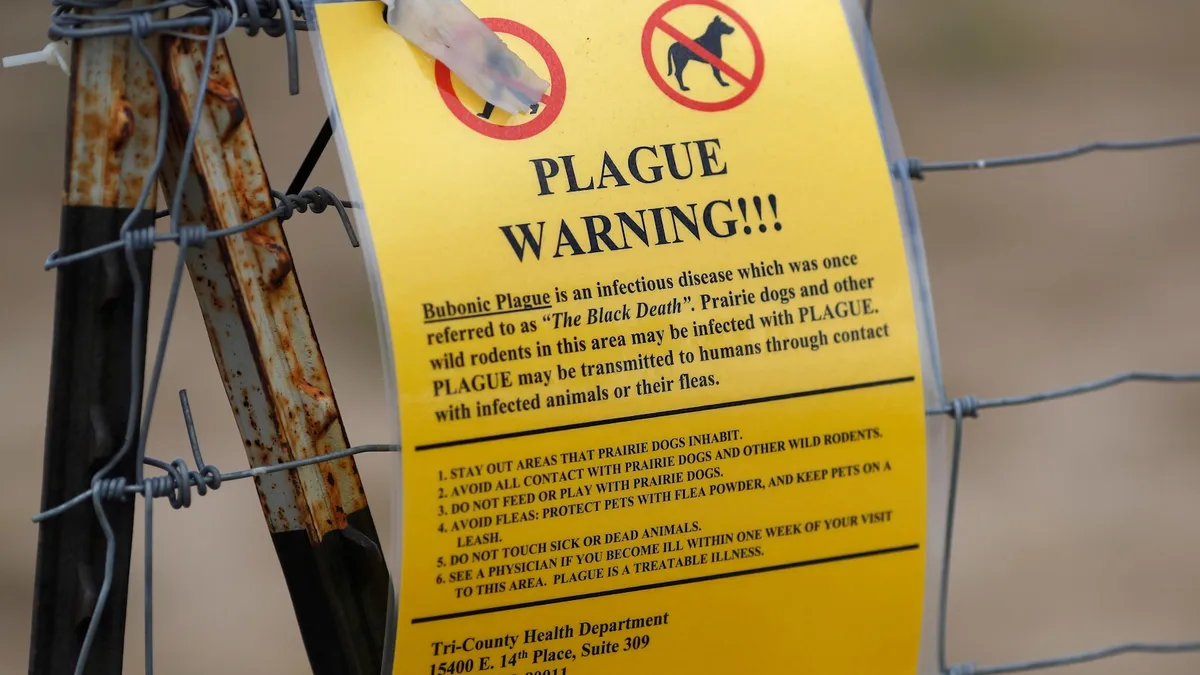
In a concerning health development, a resident of northern Arizona has tragically passed away due to pneumonic plague, as confirmed by health officials on Friday. This rare disease has historically impacted humans, with an average of only seven cases reported annually in the United States. Most of these cases are concentrated in the western states, as noted by federal health officials. The recent death in Coconino County, which encompasses the city of Flagstaff, marks the first recorded fatality from pneumonic plague since 2007, according to local authorities.
The plague is a bacterial infection that infamously decimated populations during the 14th century in Europe, killing millions. Today, it is important to note that the plague is easily treatable with antibiotics. The most common form of this bacterial infection is bubonic plague, which primarily transmits among rodents such as prairie dogs and rats. Beyond bubonic plague, there are two other significant forms: septicemic plague, which affects the entire body, and pneumonic plague, which specifically targets the lungs.
Pneumonic plague is recognized as the most lethal and easily transmissible of the plague forms. The bacteria responsible for this infection can be spread through the bites of infected fleas, which act as vectors between rodents, pets, and humans. Additionally, individuals can contract the plague by coming into contact with infected bodily fluids. Due to its serious nature, health experts advise the public to exercise caution when handling dead or sick animals to prevent potential infection.
In light of this recent incident, health officials emphasize the importance of awareness regarding plague transmission and encourage residents to take preventive measures. This includes avoiding contact with wild rodents and their habitats, keeping pets away from areas where plague is known to occur, and seeking immediate medical attention if symptoms arise. By staying informed and adhering to health guidelines, communities can better protect themselves from the risks associated with pneumonic plague.